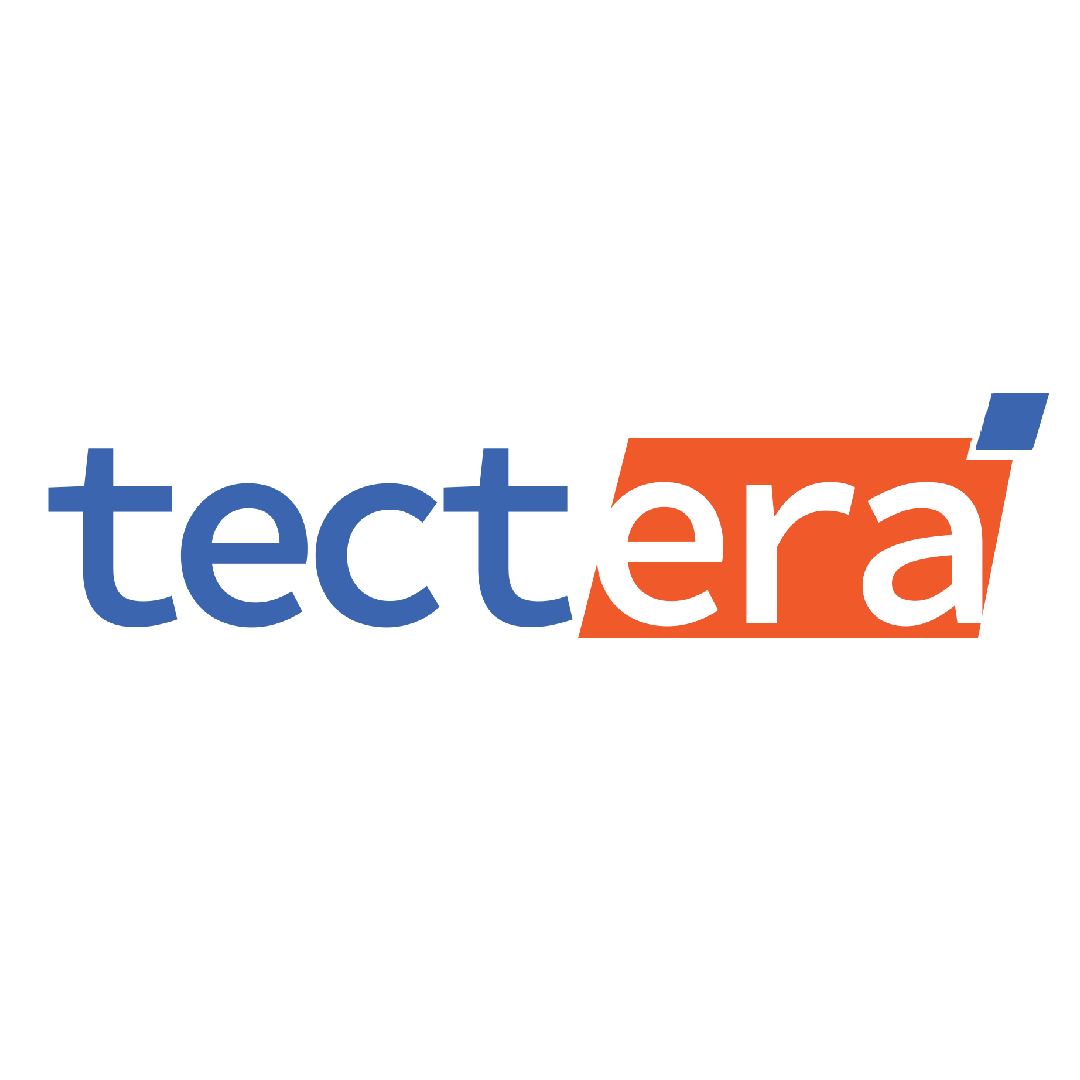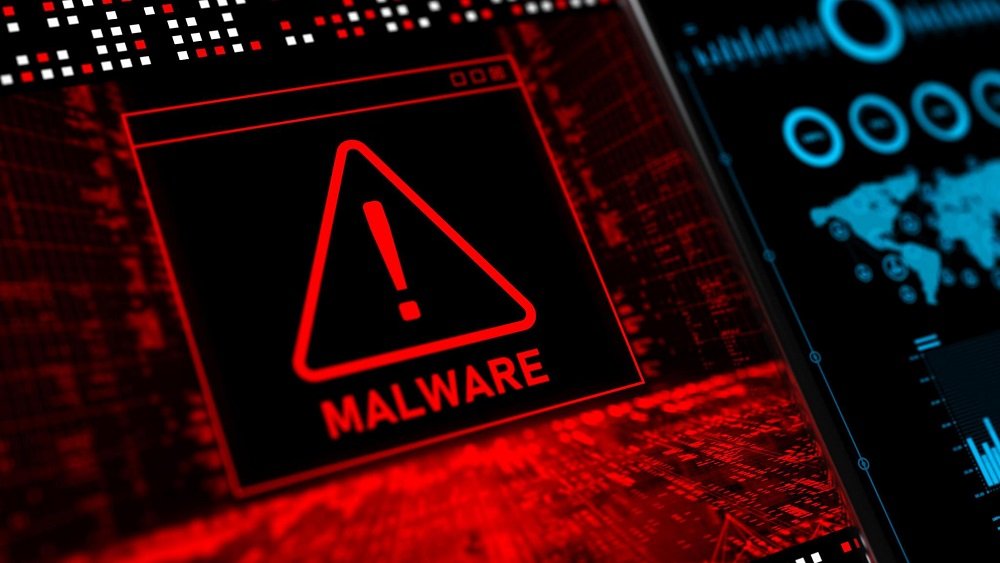Wants to know how to protect WordPress website from malware?
WordPress is the most popular content management system (CMS), with 43.2% of all websites using its software. Unfortunately, its popularity attracts many fraudsters, who exploit the platform’s security flaws. Because of its extensive library of free and premium plugins, it’s easy for someone with little coding experience to create a rather complicated site.
However, WordPress site owners must be watchful against cybercriminals who want to exploit security flaws. One of the most serious threats is malware. That’s why understanding how to remove malware from WordPress sites is critical. Once you’ve discovered that your WordPress site is infected, you may take immediate action to clean it up and prevent it from happening again.
Let’s check out the crucial steps and tips on how to protect the WordPress website from Malware.
Keep Everything Updated
The first step is both the simplest and most crucial. It is vitally critical that you update every component of your website as quickly as feasible. This includes WordPress and all the WordPress themes, files, and plugins you’ve installed. Older versions of your site’s software are far more likely to contain security flaws because they lack the most recent anti-malware security techniques.
For example, you’ve probably seen new WordPress versions labeled security updates. These are typically designed to protect against recent malware and other threats, including anti-malware security. If you don’t apply these updates, you fail to address known vulnerabilities on your site, which attackers will undoubtedly exploit. Take your time with these WordPress installs.
Suggested Read: How to Clean WordPress Website From Malware
Secure Login Credentials
WordPress has a few flaws, but one of the most noticeable is your site’s login screen. This is not the fault of WordPress. Instead, your WordPress login page is a target since most attackers will attempt to obtain access to your site to infect it with malware. As a result, it’s critical to understand how to improve your login page to avoid such assaults.
The two crucial things you can do are simple: choose a strong username and password. You should never choose ‘admin’ as your login because it is the most prevalent option and, thus, easiest for hackers and bots to guess. You also need to use a secure password, which you can create within WordPress.
Choose Reliable Themes and Plugins
WordPress themes are unlicensed versions of premium themes. In most situations, these themes are sold at a lower price to entice customers. However, they frequently have numerous security concerns.
Often, nulled theme vendors are hackers who hacked the original premium theme and introduced malicious code, such as malware and spam links. Furthermore, these themes can serve as backdoors to additional attacks that could put your WordPress site at risk.
Because nulled themes are provided illegally, its users receive no assistance from the developers. This implies that if your site has any problems, you must figure out how to solve them and secure your WordPress site yourself.
Implement a Web Application Firewall (WAF)
A WAF employs “rules” to protect your website from specific types of threats. SQL injections, cross-site scripting (XSS), session manipulation, DDoS attacks, and other threats are all possibilities. However, a firewall is only one component of an overall security plan.
The key benefit of a WAF is the ability to deploy new rules swiftly. Modern firewalls typically employ a hybrid paradigm, which combines whitelisting and blacklisting techniques. However, some people rely entirely on one strategy or the other.
Using a whitelist technique, your firewall will block all requests and save those from pre-approved IP addresses. Blacklisting allows most users through by default, except those you wish to ban. This can block traffic that displays behavior associated with SQL injection, XSS, and other attacks.
Regular Malware Scans
Every day, the AV-TEST Institute registers more than 450,000 new viruses and potentially unwanted programs (PUA). Some malware is polymorphic, which means it may change its appearance to prevent detection by security software.
As a result, it is critical to check your WordPress site for malware frequently, as attackers are always developing new dangers. Fortunately, several effective WordPress malware scanner plugins can detect harmful software and increase WordPress security.
Secure File Permissions
Manage your WordPress site’s file and folder permissions to keep prospective hackers out. File and folder permissions are the access rights granted to users, determining who may read, write, and execute files or folders on your website. Most web servers include file and folder permissions tools, such as File Manager, an FTP client, or the command line. These tools allow you to regulate who has access to the files and folders on your WordPress site. It’s worth noting that default permissions may differ based on the file or folder, so take the time to study and alter them properly.
Specific files and directories, such as the wp-admin folder and wp-config file, require special caution. These files hold critical information about your website, and hackers will try to exploit them to obtain access to your admin account. To safeguard them, ensure that only the Owner has the authority to write them. This allows you to prohibit unwanted visitors from accessing your WordPress site while still keeping it safe.
SSL/HTTPS Encryption
Installing an SSL (Secure Sockets Layer) certificate is one of the most basic and effective ways to secure your website. You may have already seen SSL in action when browsing the web. It’s what creates the “s” in “https” and shows the padlock icon in the URL bar. SSL encrypts data sent between your website and its users, resulting in a safe and private surfing experience. E-commerce websites that process payment information should utilize enhanced SSL versions.
The advantages of an SSL certificate are numerous.
- It safeguards your visitors’ information, essential for establishing trust and reliability.
- It improves your website’s SEO rating, something Google disclosed a few years ago.
- An SSL certificate protects against phishing attempts by making it hard for hackers to mimic your website.
Trust indicators, such as the green address bar with an EV SSL certificate, increase client trust and strengthen your company’s brand. Furthermore, SSL enables organizations to satisfy PCI/DSS rules, which are critical for online transactions.
Regular Backups
A backup is a copy of your website that may be used to restore it to an earlier state. Backups are typically used after your site has been compromised, but they are still an important tool for combating malware. If your site becomes infected and you do not have a backup, you risk losing all of your data and content.
With a backup, you can restore the stored version, effectively rebooting your site to the point before it was hacked. Depending on how old the backup is, you may have lost some data, but not nearly as much as you would have if you had not used this precaution.
Monitor Activity
Tracking activities in your admin area allows you to identify undesired or harmful behaviors that put your website at risk.
Users may modify settings they should not, such as changing themes or configuring plugins. Monitoring their activity will allow you to determine who is responsible for the undesired alterations and whether an unauthorized individual has accessed your WordPress website.
The simplest method for tracking user activity is to utilize a WordPress plugin, such as:
- WP Activity Log – tracks changes to numerous website regions such as posts, pages, themes, and plugins. It also records newly added files, deleted files, and changes to any file.
- The Activity Log monitors numerous activities on your WordPress admin panel and allows you to create rules for email notifications.
- Simple History – in addition to capturing activity logs in WordPress admin, it supports a variety of third-party plugins like Jetpack, WP Crontrol, and Beaver Builder, documenting all activity associated with them.
Choose a Secure Web Host
The last essential security tip is to choose trusted web hosting. A competent WordPress hosting company will frequently work behind the scenes to safeguard your site using the following measures:
- Look for questionable activities.
- Maintain technologies that prevent large-scale DDOS assaults.
- Keep the server software, hardware, and PHP versions up to date.
- Implement disaster recovery and accident strategies for significant catastrophes.
- Many providers offer shared hosting plans, which allow you to share web server resources with other users.
The security of your WordPress site should be your first concern because the alternative is dealing with the losses and accumulated expenditures caused by malware. These WordPress security suggestions can help you safeguard your site without considering where to begin.
To protect WordPress website from malware contact Tectera who offer web design in Scarborough.


Editorial Staff at Tectera are experts on web design, SEO, Social media, App and Software.



